Emergency medicine and critical care clinicians often evaluate critically ill patients who are experiencing severe dyspnea. Prompt identification of the etiology of a patient’s dyspnea is essential to ensure appropriate therapeutic intervention. Point-of-care sonography has emerged as an invaluable tool in the assessment of patients with both traumatic and non-traumatic dyspnea. Many of the most commonly encountered pathologic states leading to severe shortness of breath (pulmonary edema, pleural effusion, pneumothorax, pneumonia) have distinct sonographic appearances, enabling rapid and accurate bedside identification.
To read the clinical cases and resolutions, download the Philips tutorial here.
1 Introduction
2 Clinical cases
3 Fundamentals
4 Transducer selection
5 Image optimization
6 The lung exam
7 Pneumothorax
8 M-mode and color Doppler
9 References
10 Consolidations
11 Pleural effusions and thoracentesis
12 Clinical case resolutions
13 Summary
14 Bibliography
Additional resources


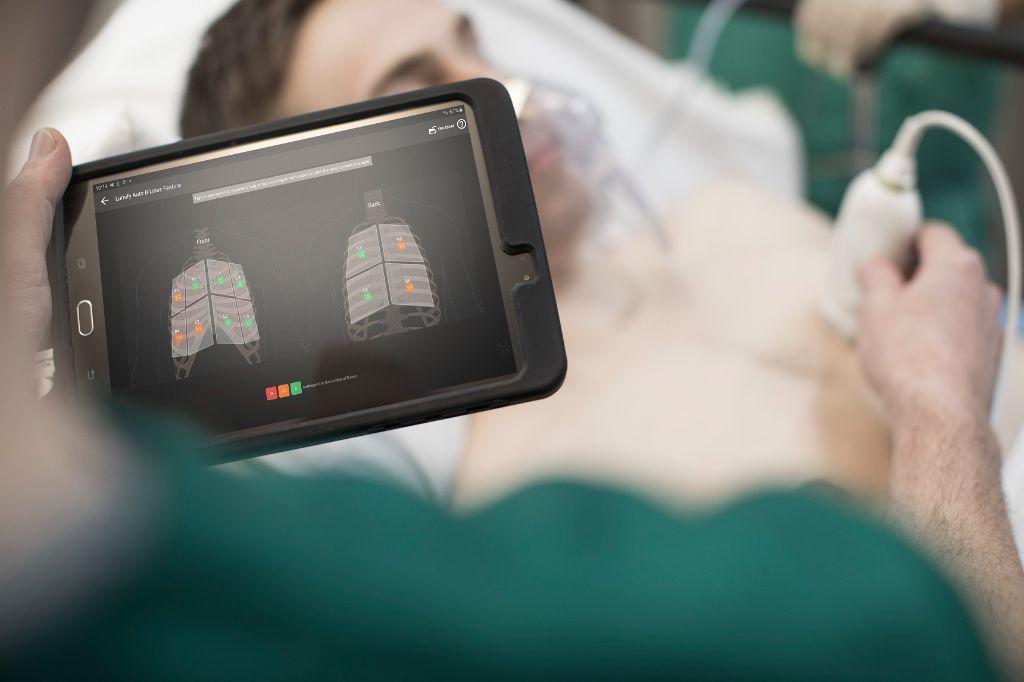








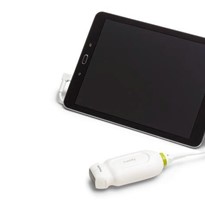
-205x205.jpg)
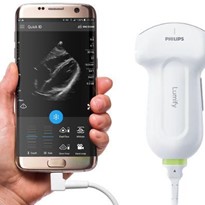
-205x205.jpg)
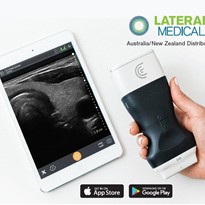

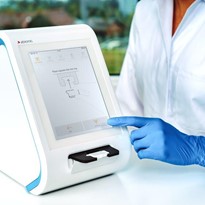





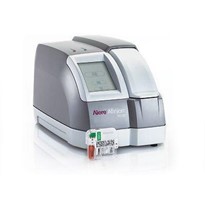

-205x205.jpg)